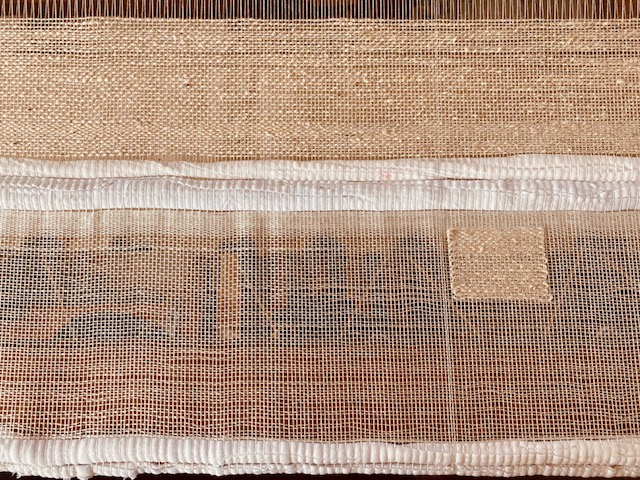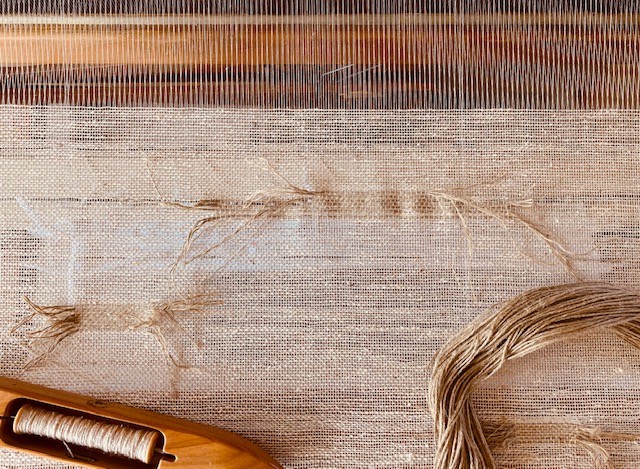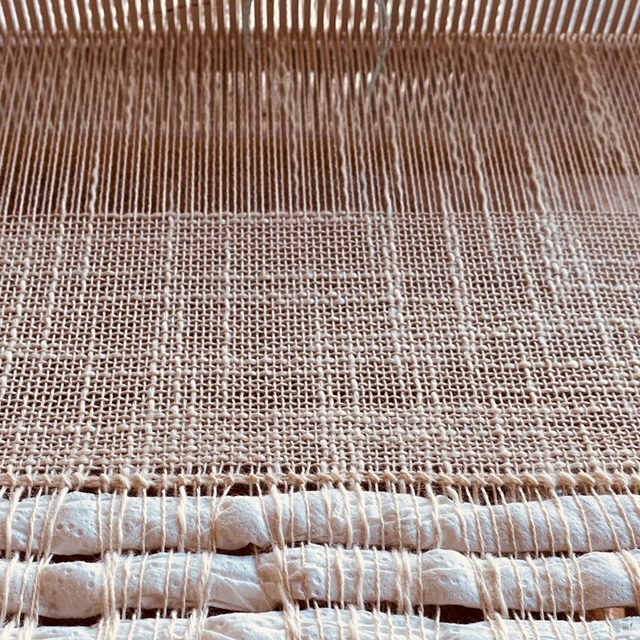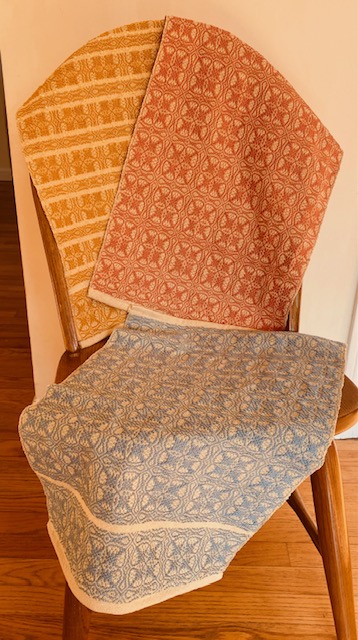I wanted to share with you a letter I’ve written to send to those in power in government. I’m assuming it will go nowhere, but aren’t we supposed to be able to share our passionate views with our leaders? I’ve been thinking about how, in my field (I’m a masters level psychologist), I had to go to school for years, pay many thousands of dollars for training, supervision, consultation, continuing education, licensing fees, etc., just so I can HELP people. Every two years, I have to prove and promise that I have no major afflictions that affect my ability to serve my community. And every two years, I must demonstrate I’ve participated in at least 60 hours of continuing education so that my knowledge base is up to date and relevant, and always ethical to its core. I must adhere to the strictest of ethical guidelines when I practice, and I value and honor these guidelines because I believe in the do-no-harm mandate that we commit to. Also, as a rule, we psychologists hold each other accountable and if we are concerned that someone is not conducting themselves ethically, we have a clear pathway to follow in relation to addressing our concerns. This is all so we can help people. Yet, in some states the laws that are in place that have to do with gun purchase and ownership make it so that someone doesn’t have to even have a gun license or prove anything other than that they are 21 years of age. In some states, there’s no oversight, no means of keeping tabs on gun owners, no requirement of continuing education, or a renewal of gun licensure requirement. Okay. This makes sense.
You might wonder how in the world these two things are connected and maybe it’s a stretch, but in my view, it strikes me as ridiculous that someone can very easily buy a very powerful weapon without any oversight or training mandate in some places. If guns were only used for hunting and in rare instances, self-protection, I’d feel differently. But already in 2022 there have been over 17,000 deaths from gun violence, and according to Everytown Research and Policy, of American women alive today, over 4.5 million of them have been threatened by a gun (I’d venture it’s a lot more than that because not every woman was interviewed), and every month an average of 70 women are shot at and killed by an intimate partner. Data indicates that in 2020, there were over 24,000 instances of suicide by gun. The statistics go on and on. More stringent gun laws wouldn’t wrestle guns from the hands of people who are using them responsibly. But they would at least chip away at the problem of guns falling into the hands of those who will use them for violence against others and harm to themselves.
Anyway, I have no fancy pictures to go along with this post. I’m so angry and so heartbroken that this is where we are as a country. I’m so angry that no shining star is emerging at the NRA convention that is taking place as I write this, who could call out the problems we face and ask their fellow gun-owners to participate in helping to solve this problem from the bottom up. I’m furious that the solutions that are offered include armed guards at points of entry of schools and training teachers to carry weapons to protect children. We’ve absolutely gone off the deep end. Our country itself is ill and I don’t know how we’re going to treat this particular illness.
Here’s my letter- it’s long but I figure if kids can wait for an hour for police officers to save them, even though there were armed officers there within minutes of the first 911 call, taking a few minutes to read this is doable:
“I’m writing to you the day after the shooting at Robb Elementary School in Uvalde, Texas. Nineteen children were killed as well as two adult teachers who were protecting them. I am sitting in my living room right now, thousands of miles away from where this horrific event took place. My daughter, who is about to turn twelve, is sitting next to me, focused on a game she is playing on her iPad. My fourteen-year-old son is about to come join us so we can watch a show together. This is a luxury that twenty-one families impacted by that school shooting will not enjoy with their beloved children. Perhaps you already know that in the US, only five months into this year, there have already been over seventeen thousand fatalities by gunshot and at least six hundred-fifty of those fatalities were children.
When I go to queue up the program we’ll watch, I will hurriedly adjust the settings on the television, so my young daughter doesn’t see news about the shooting. In case it sounds like we are keeping our children in the dark on world events, I want you to know that’s not the case. We talked to our children last night, knowing there would be conversation at school about it today. Teachers and administration had to talk to all the students just last week due to the shooting that took place at Tops Friendly Market in Buffalo, New York, where ten people were killed. They’ve gotten really good at having these talks with children.
We try to shield our kids from the onslaught of horrific gun violence news because it has already chipped away at their spirits and their feelings of trust and safety in the world, even in places where they should feel safe, like school. These horrors have, over time, done extensive damage to the nervous systems of so many in our country. Do you know that every time I hear screaming emergency vehicle sirens, I tilt my head to try to determine if they are heading to our local school? If I’m working close to the school when I hear the sirens, I walk outside and look, and I notice other parents doing same thing. We are always primed to run towards what most would consider the worst catastrophe to attack our community.
As I look at my children, I feel such tremendous guilt about the lack of power I have to make their world safer. I feel ashamed, and so angry. Each day they get on the bus or I drop them off at school, I feel a bit like I’m playing Russian Roulette with their lives. I quietly pray each time that it won’t be the day that someone forces their way into their school and unleashes their unbridled fury on innocent lives through showers of bullets. Have you imagined what children look like and how they sound when they are scared? I do. Do you know that children naturally feel responsible for so many things that happen in their lives, and that some wonder what they did wrong to deserve such punishment when they are faced with a terrifying event? It’s true. It’s called magical thinking. Can you envision children longing for their parents’ embrace as they listen to the gruesome demolishment of skin and life around them, or feel their own life ending? Can anyone? I can, and when I do, I weep.
And yet, I continue to send my children to school. Why? Why do we keep doing this? I suppose it’s a mixture of reasons. I trust it won’t happen in my town. We both know that’s absurd; that’s head-in-the-sand thinking, and sometimes it’s the only way I can make myself let them go. I also don’t want to pull my children out of active living because of my fear. I know that they love school and their teachers and friends, and they want to feel safe. School safety drills terrify them, but with time they’ve gotten used to imagining someone busting into their classroom and shooting them. The cognitive dissonance of this reality strikes me as emotional violence. Out of one mouth they hear, “you are safe, be safe, act safe, trust us”. Out of another, they hear, “lock the door, turn off the lights, be quiet, and hide”.
Here’s what else I know: teachers and school staff are made of the same stuff as children. Skin, bones, organs. They die when they are struck by bullets just like children and yet, we expect them to be superheroes and fight off an attacker. Why do we expect this? Why do we live in a country where we teach teachers how to recognize what could be used as a weapon in their classroom in the event of an attack? Am I the only one who thinks this is utter madness? Of course I’m not. Why are you and your colleagues not doing more, being more courageous, being the superheroes we need to stand up for us? You’re all like the officers that stand outside buildings when people are being shot inside; they have guns and are supposed to protect our country’s citizens! Why don’t they all immediately run in and save lives? You know why? Because guns are terrifying, and most people don’t want to die.
I’m a mother, and I’m also a psychologist. Every time I hear people say gun violence is not due to guns, but rather is due to mental illness and broken families, video games, movies, etc., I want to scream. Talk about kicking the can down the road. Do you know that every country has millions of people who suffer from some form of mental illness? All over the world people play video games and watch violent movies. Not one country is immune from domestic violence, sexual assault, murder, hate crimes and racist attacks. And every country must reckon with how it helps to support its aching citizens. It’s the most obvious statement in the world, that mental health is part of the problem. It’s not binary. It’s not guns vs. mental health. It’s everything, all together. But making gun ownership so ridiculously easy and allowing most anyone to own high powered guns that destroy flesh and bone more severely than handguns do is just nonsensical. What is also true is that high powered automatic weapons kill a lot more people at a time than a pistol, a knife, or hands. Countries that have strict gun laws have fewer mass shootings and less death by self-inflicted gunshot wounds. It’s just a fact. Of gun related deaths in the United States, two-thirds are self-inflicted. Certainly, mental health weighs into this statistic as well, but again, guns allow people to succumb to rash and permanent bodily damage. Firearms accounted for more than half of suicide deaths in the United States in 2020. This bears mentioning because of how frequently guns are used for reasons other than hunting or self-protection.
Some people say, “well, there are other countries that have far more gun violence related deaths than the US does.” My answer to that is, So what? Is the tipping point for us as a country going to be when we eventually make it to the top of the list? Do we need to win that competition? Is it prudent to compare the US to countries that are ridden with gang violence, drug and human trafficking and deep political unrest for us to feel better about our statistics?
We need people to think! We need people to do research and understand brain development in people and know why selling a firearm to an eighteen-year-old man/boy is an astronomically stupid thing to do if he has not had to do anything to prove his maturity, responsibility, and intention for use, let alone a semiautomatic rifle. We need politicians and policy makers to understand that the frontal lobe of the brain isn’t fully developed until a person is approximately twenty-five years old, and that younger people are more prone to rash, impulsive and reactive acting out. We need to have policies in place that are tailored to withstand the pressures of reactive rage of any person, at any age. We need to frustrate the impulse to cause harm so that someone might have more time to think and move past a momentary bout of emotional pain. A person wild with distress might still enter a school, church, grocery store or club, but with their bare hands or even a less powerful gun, are likely to kill less people.
At the end of the day, we must take responsibility for ourselves, for our loved ones and our country. All guns need not be taken away from all people, but we absolutely must demand that all guns don’t make into the hands of all people, and certainly, why can’t we even imagine following the lead of Canada, New Zealand, Australia, and many countries in the EU? We are not the only humans on Earth that are attached to their individualism and independence! But we do appear to be the most stubborn, selfish, self-important, fearful, and ignorant when it comes to making reasonable systemic change around an issue that kills indiscriminately.
What can we do? I’ll hope you have some ideas and the fortitude to push hard for gun reform. In the meantime, I’ll pray that my children come home from school tomorrow.”
















